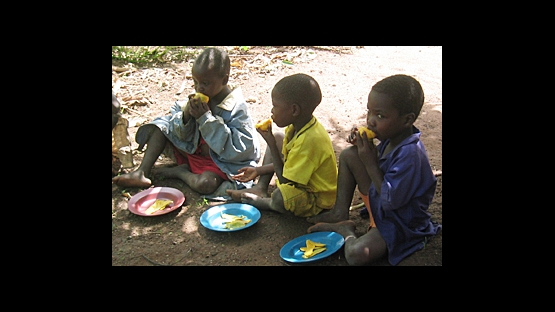There are hundreds of millions of reasons for the IAEA to use its expertise in nuclear technologies to help increase global food security - today, around 870 million people suffer from hunger. Hunger means that one child dies from the problems caused by undernourishment every six seconds.
"All of us have a responsibility to do everything we can to help them," says IAEA Director General Yukiya Amano. "The IAEA is in the unique position of being able to make nuclear technology available to developing countries. We help them grow more food, fight animal and plant pests and diseases, and ensure the safety of food products."
Since 1963, the IAEA has conducted this crucial work in close partnership with the Food and Agriculture Organization of the United Nations, through a joint FAO/IAEA Programme that assists the two Organizations' Member States use nuclear techniques to improve food security. Nuclear technologies provide unique solutions to help increase the amount and the quality of the food produced.
The global population is growing: the UN expects the global population to reach nine billion people by 2050; that's about 4 million births every month for the next forty years. Farmers will have to increase production enormously, by 70%. They will have to feed more people at a time when soils are degraded by erosion and desertification. Water reserves are dwindling.
The Joint FAO/IAEA Division of Nuclear Techniques in Food and Agriculture helps countries increase their food supply by coordinating and supporting research. These experts provide technical and advisory services, as well as laboratory support and training. Training delivered through the IAEA's Technical Cooperation programme helps smallholder farmers grow more food using many fewer resources, while preserving the environment. With the IAEA's support, smallholder farmers are succeeding to produce more food today and for the future, despite ever more challenging climatic conditions.
"The IAEA cannot solve the world's food problems on its own. But we can make an important contribution," says Amano.


